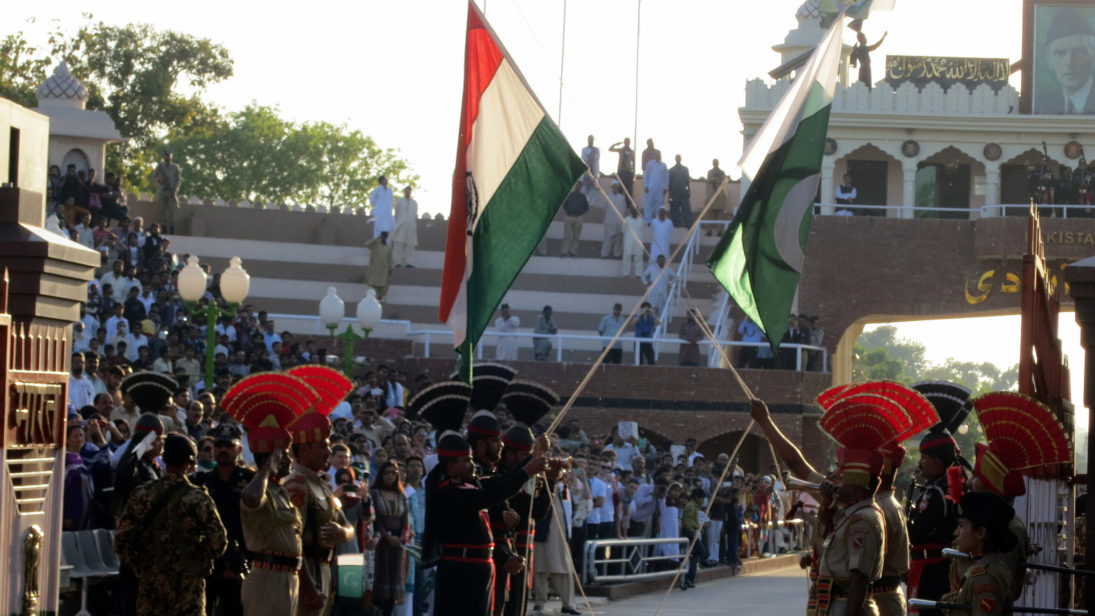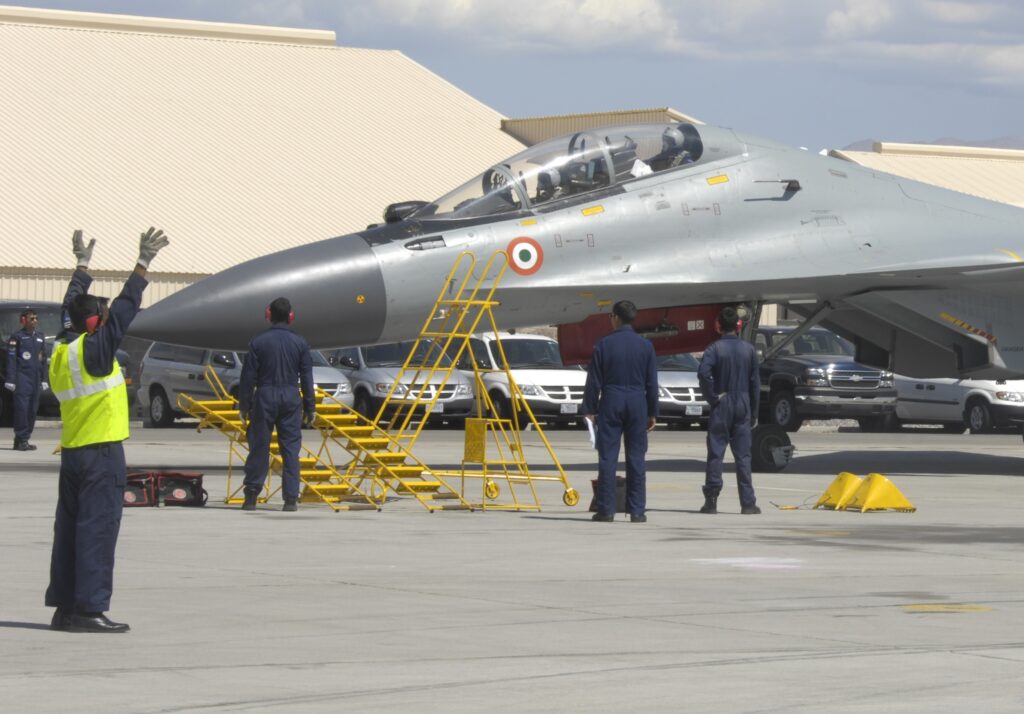
Pakistan is almost entirely absent from India’s strategic discourse in the contemporary moment. Indian interlocutors mention this absence occasionally—either with modest lament or more often with some pride, depending on their strategic worldview. Virtually no Indian strategic analyst believes Pakistan is on “India’s level” in world politics. Some say with confidence that India has already expanded its strategic aperture beyond the subcontinental box and now has to exclusively consider China as its main threat. A smaller number argue that India, much like Israel, cannot ignore weaker neighbors that still have asymmetric and symmetric means to cause harm and complicate Indian grand strategy.
The fifth anniversary of the Pulwama attack and India’s reprisal airstrikes on February 26 have been an occasion for senior Indian officials and analysts to reflect—albeit briefly—on the troubled relationship with Pakistan. These reflections are no doubt tinged by the upcoming national elections in India scheduled for later this spring or early summer.
A smaller number argue that India, much like Israel, cannot ignore weaker neighbors that still have asymmetric and symmetric means to cause harm and complicate Indian grand strategy.
At a speech in New Delhi earlier this February, India’s External Affairs Minister, S. Jaishankar, reflected on “Bharat and the World,” referring to the BJP government’s decision to use the Hindi word for India with greater frequency in public and international forums. “Bharat has pushed back with determination and fortitude” when confronting national security threats, Jaishankar emphasized. In Prime Minister Narendra Modi’s first term, this was seen in his government’s response to a terror group attack on an Army base in Uri in Kashmir that killed 19 Indian soldiers and then again following the terror group attack in Pulwama that killed 40. “On the western front, the long-standing challenge of cross-border terrorism now elicits more befitting responses,” Jaishankar said. “Believe me, Uri and Balakot send their own message.” While the External Affairs Minister did not elaborate in his remarks this week about the content of that messaging, in earlier years, Jaishankar explained, “Today, people see a different India that is willing to stand up… Today, the forces which indulged in cross-border terrorism against India for decades and which India tolerated, they now know this is a different India and this India will give them a reply.”
Lt. Gen. (retd.) Vinod Bhatia, now head of the Center for Joint Warfare Studies in New Delhi, similarly stressed that India’s first airstrike within Pakistan since 1971 signals that “if you cross…the Lakshman Rekha [India’s ‘redline’], then you pay for it.”
Such rhetoric has a certain domestic political and strategic logic to it, and the mix likely varies depending on the speaker. Politically, the ruling BJP have sought to emphasize that their rule has ushered in a break from the past. In the aftermath of the Hamas attack on October 7, 2023, the BJP tweeted a video comparing the terror attacks in Israel with prior terror attacks on India. The tweet said, “What Israel is facing today, India suffered between 2004-14. Never forgive, never forget…”
Strategically, such messaging seeks to reinforce the expectation that terror attacks in India—at least of a certain size—will cause Indian retaliation. That certainty would then dispel any false optimism on the part of plotters outside India that New Delhi would tolerate the attack. The goal is to reinforce deterrence and prevent attacks in the first place.

However, the danger with such clear signaling is that if an attack occurs that exceeds the Uri threshold—where 19 Indian soldiers were killed—this will put strong pressures on the Indian state to retaliate, even when the strategic logic might suggest that inaction is wise. Punitive strikes are costly and dangerous and not every provocative act–even deadly ones–merit the risks of war. Political scientists have explained that sometimes politicians opt to make public commitments to act as a way to generate potential “audience costs.” By making public commitments, they ensure domestic political consequences for deviating from their promised foreign policy approach. These public commitments in turn makes threats more credible precisely because they increase the incentives to fulfill the threats if red lines are breached.
The current government emphasizes that its election in 2014 brought about a shift, stressing that Modi’s government has kept Indians safe from terror that the prior UPA government was unable to deter. By entangling India’s counterterror success with Modi’s reputation, such rhetoric means that a future attack could generate domestic political pressures alongside any strategic incentives for a hardline Indian response. Such a scenario recalls Scott Sagan, who has cautioned that deterrence messaging can generate a “commitment trap” that limits policymaker freedom of action in crisis.
By entangling India’s counterterror success with Modi’s reputation, such rhetoric means that a future attack could generate domestic political pressures alongside any strategic incentives for a hardline Indian response.
Such a crisis may come, despite the growing Indian military conventional advantages over Pakistan. The last major terror attack on India took place in Mumbai in 2008, during a period of considerable civil-military tumult in Pakistan. While our understanding of the Pakistani government’s role in that attack is still limited, some believe that the Pakistani military leadership did not control its militant groups adequately because it was distracted by other crises. The government in Pakistan today is likely to be distracted again because of a new round of civil-military turmoil.
If a terror attack comes that kills Indian security personnel or civilians, it will be worthy of condemnation. That is not the issue. The question is whether the memory and myth of Balakot, as stressed by Indian officials this week and since 2019, will make escalation more appealing and de-escalation harder for Indian leaders when confronting the next crisis. If so, the wisdom of this rhetorical path will come to the test.
Also Read: Regional Roundtable: Reflections on Balakot
***
Click here to read this article in Urdu.
Image 1: India-Pakistan Wagah Border via Flickr
Image 2: Indian Air Force via Flickr


